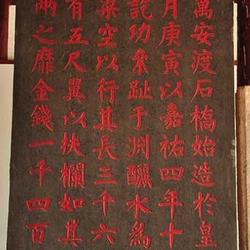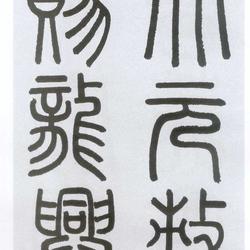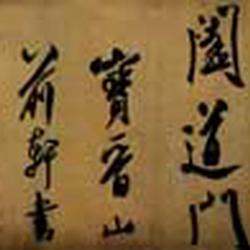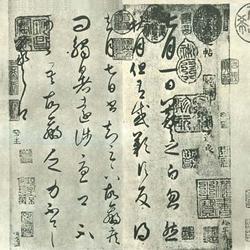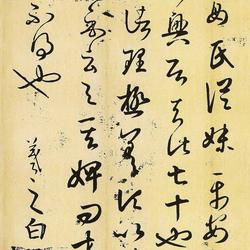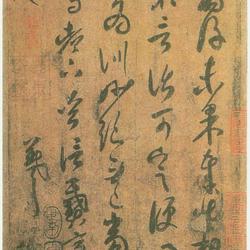The full name of "The Epitaph of Zhao Mi of the Great Wei Dynasty" is "The Epitaph of Zhao Mi, the Former General of the Great Wei Dynasty". Zhi is rectangular, 45.2 cm long and 36.3 cm wide. Bluestone quality. Regular script with bounded pattern. The Zhiwen has 12 lines and a full line of 15 words. There are 152 words in total. Each character is 2.5cmX2.5cm. It was unearthed in 2003 southwest of Zhaozhou Bridge in Zhao County, Hebei Province. The whole stone is well preserved with no defects.
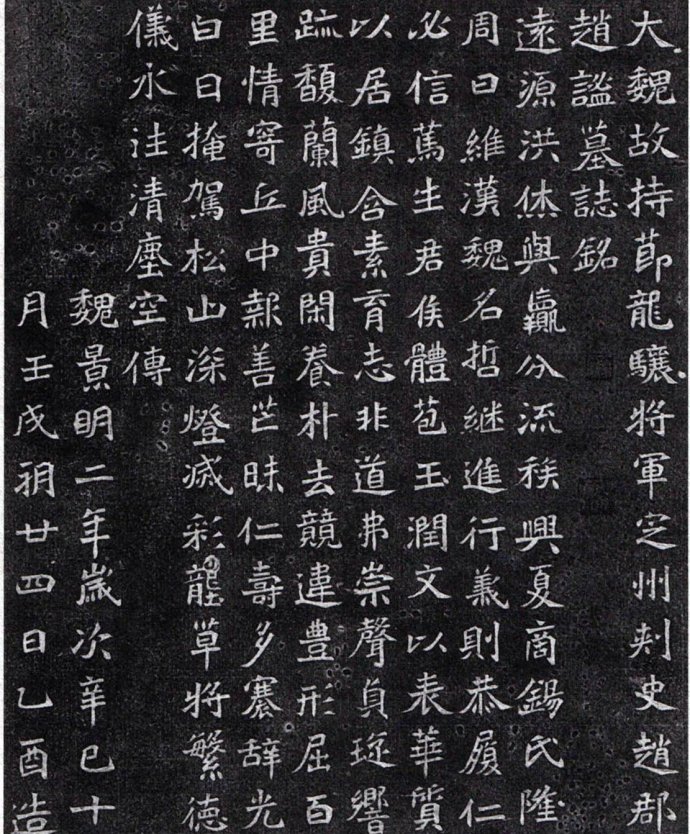
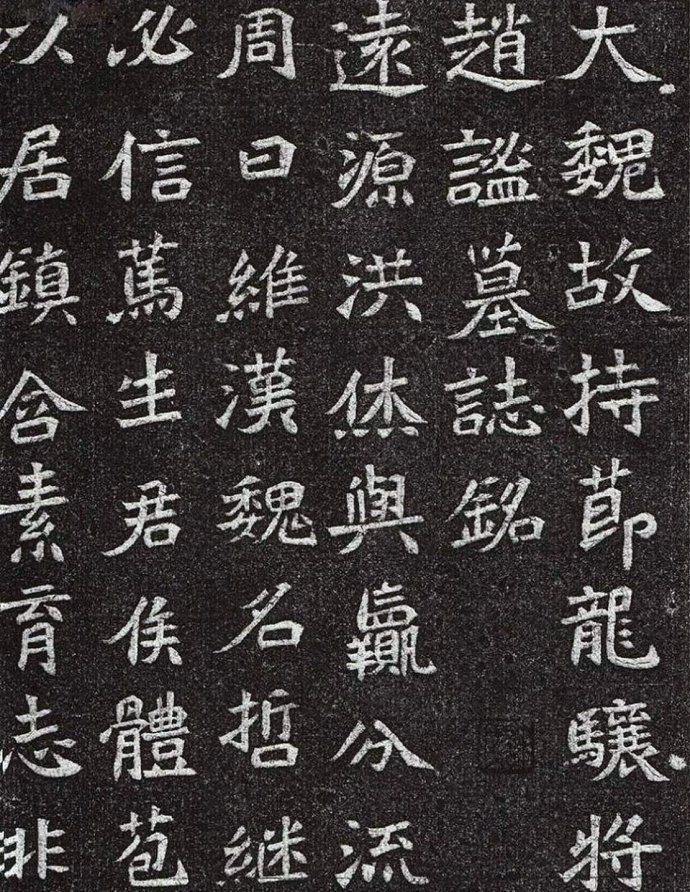
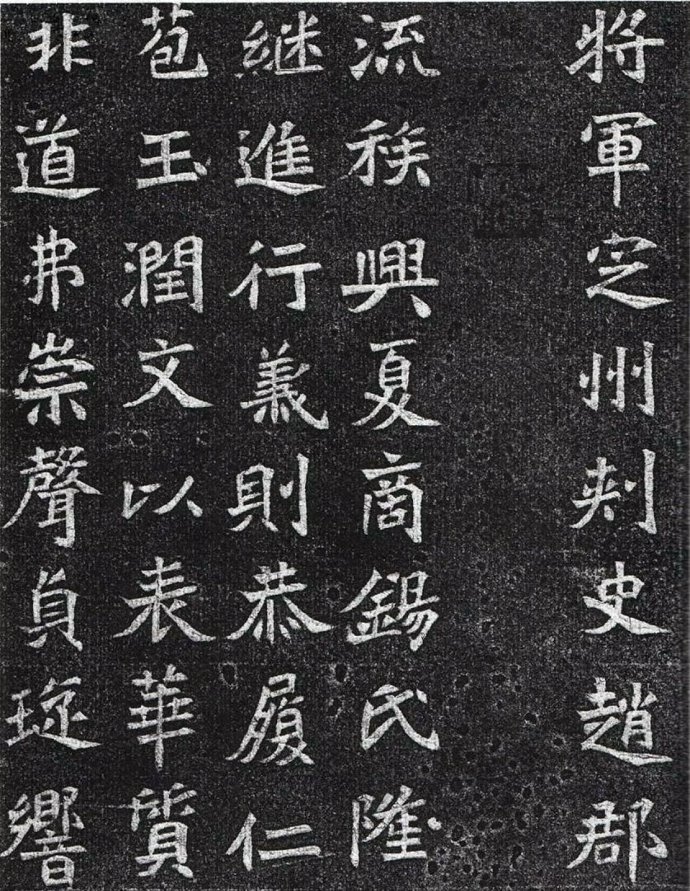
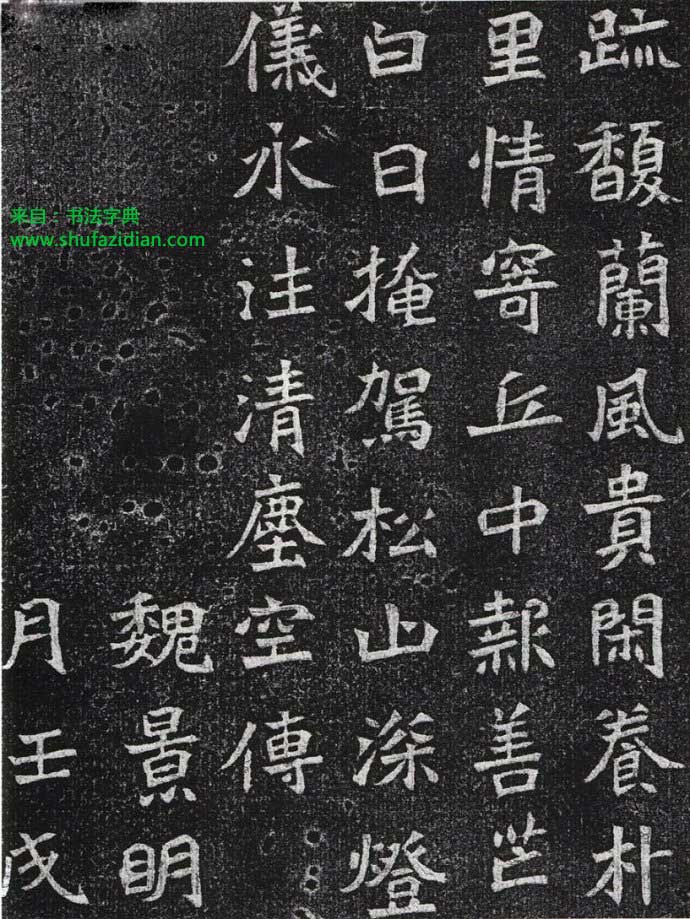
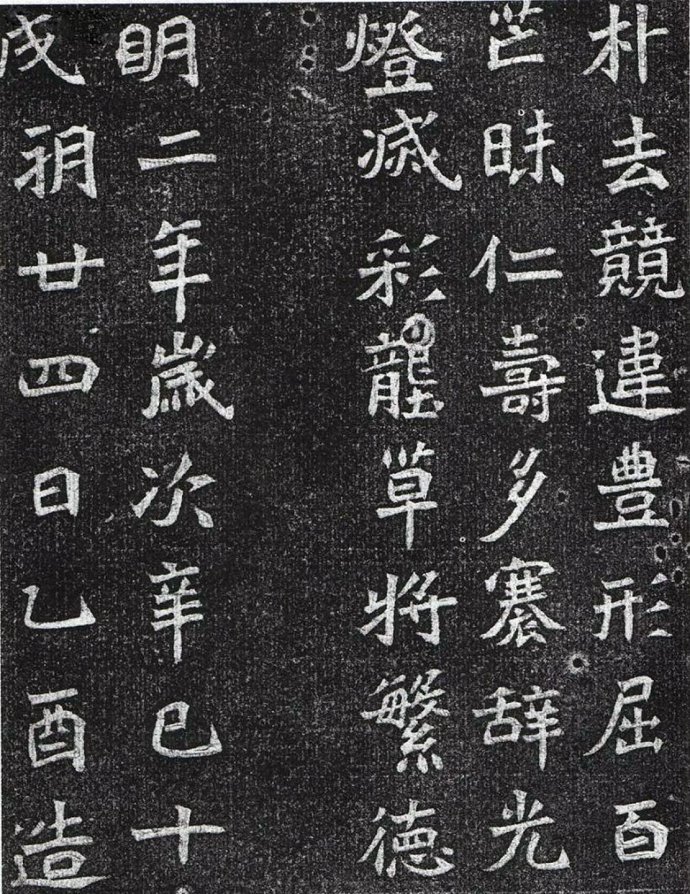
In the history of Chinese calligraphy, the stone carvings of the Northern Dynasties are called Beibei. The most popular era of Northern stele should be attributed to the Northern Wei Dynasty, so it is called Wei stele. Later generations called Wei style. In the hundreds of years after the Han Dynasty, Wei style perfected the structural system, reached maturity and established sects, and took the lead in regular script. It opened the door to regular script for the Longzang Temple stele in the Sui Dynasty. Many comrades today are proud of Tang Kai script. It should be expected that one of the great successes in the hundreds of years from Han Dynasty to Wei was the transformation reform. Tang Kai script, like Ou Liuyan Zhao, Su Huang, Mi Cai and others, all came from the interframe structure of Wei style, and even In the three hundred years since the pavilion style of the Qing Dynasty, only the top strokes had become rounded and the vertical strokes had become curved. There has been no major breakthrough for thousands of years, as many modern calligraphers have summarized: Mr. Chu Tunan’s curves and Mr. Shu Tong’s circles. This is only about the calligraphy characteristics of the two gentlemen, but there is no such thing as oracle bone inscriptions, stone drum inscriptions, large seal scripts, and small seal scripts. , followed by Han Li and Wei Kai; from then on regular script only changed slightly. In the past thousand years, no font has changed as much as Wei Stele in just a few hundred years, creating Wei style.
This newly unearthed epitaph of the Great Wei Dynasty is completely comparable to the 20th item of Longmen. The stone carvings of this chronicle were not random carvings among the people. The stonemasons strictly followed the ink marks. It can be said that the carved stone of this chronicle is excellent and rare among Wei steles. It is a wonderful work for all colleagues to learn calligraphy.
This rubbing was made at a professional level and has high historical and calligraphic value. The original stone is in a private collection.
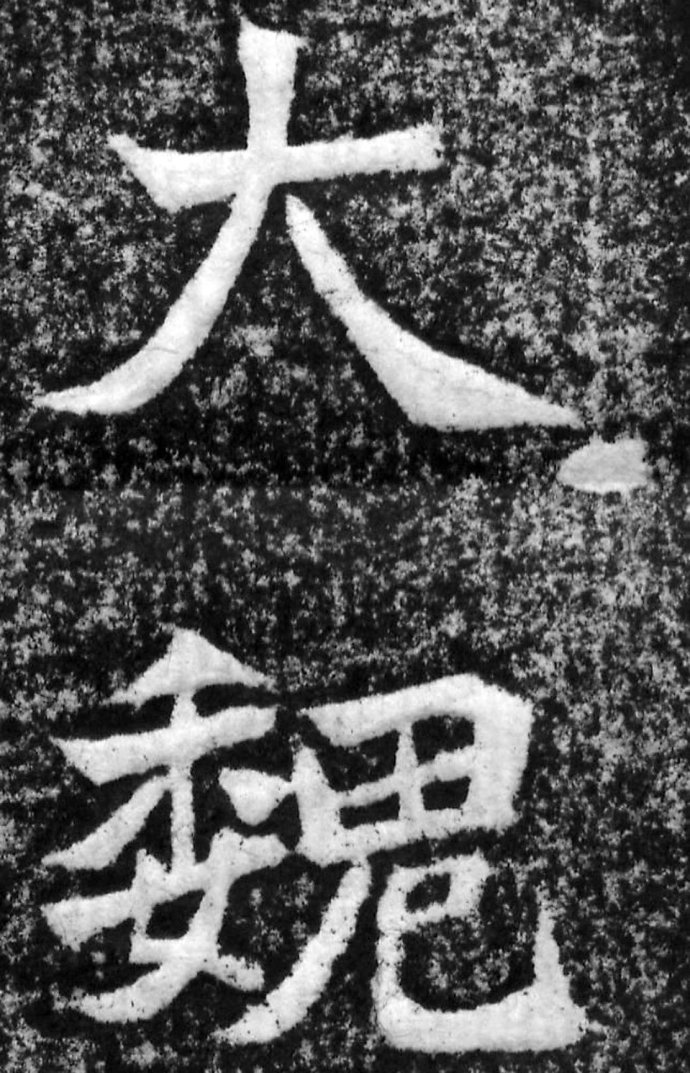
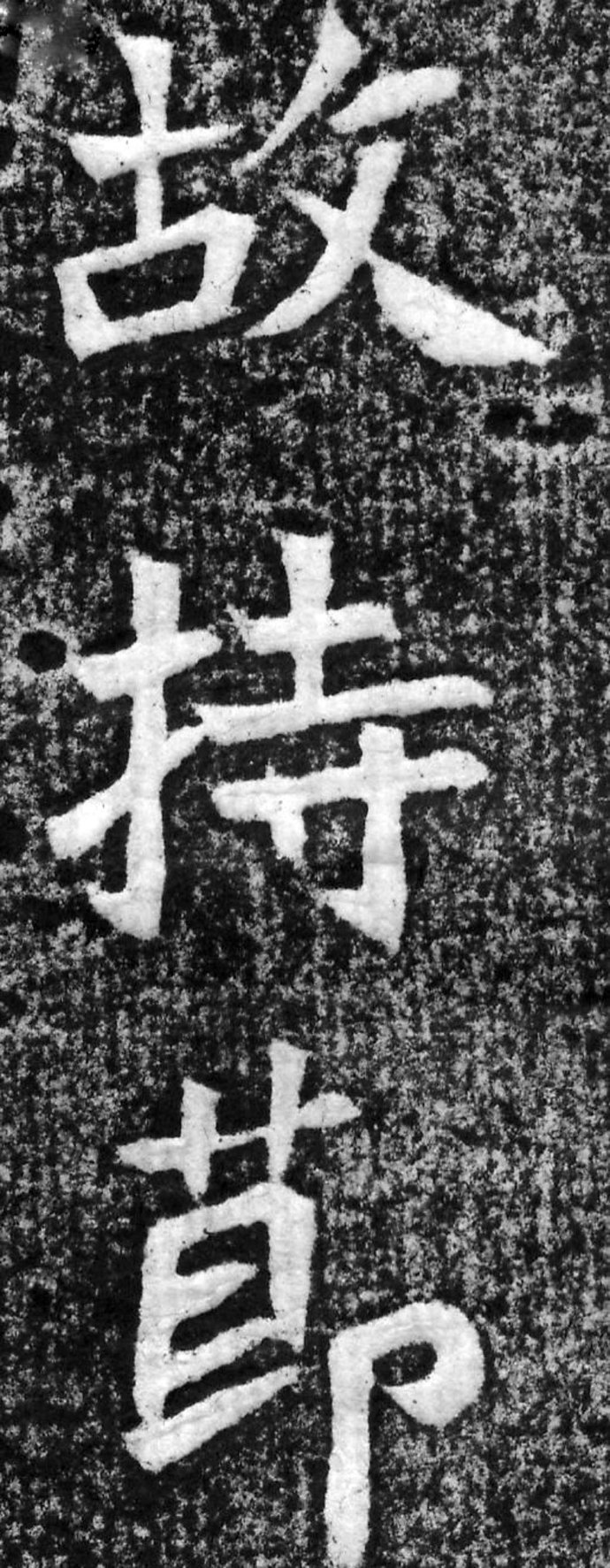
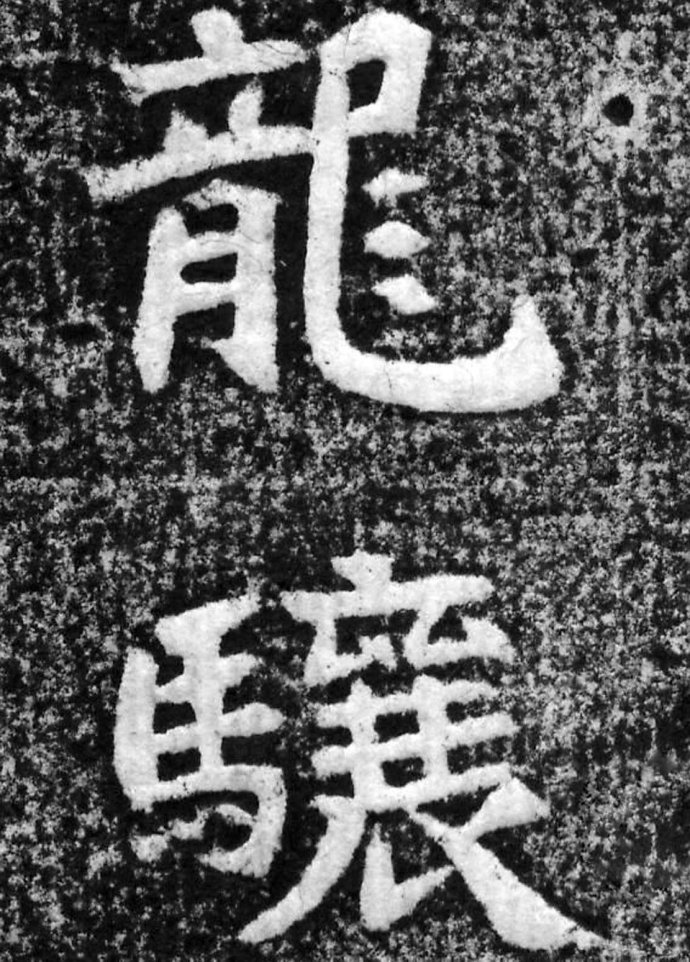
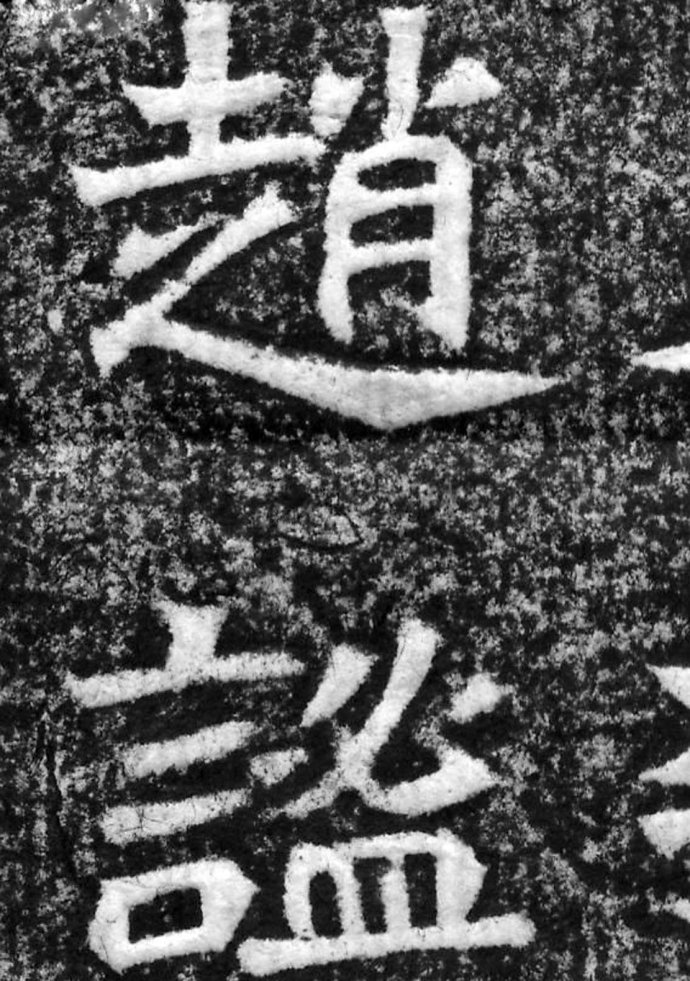
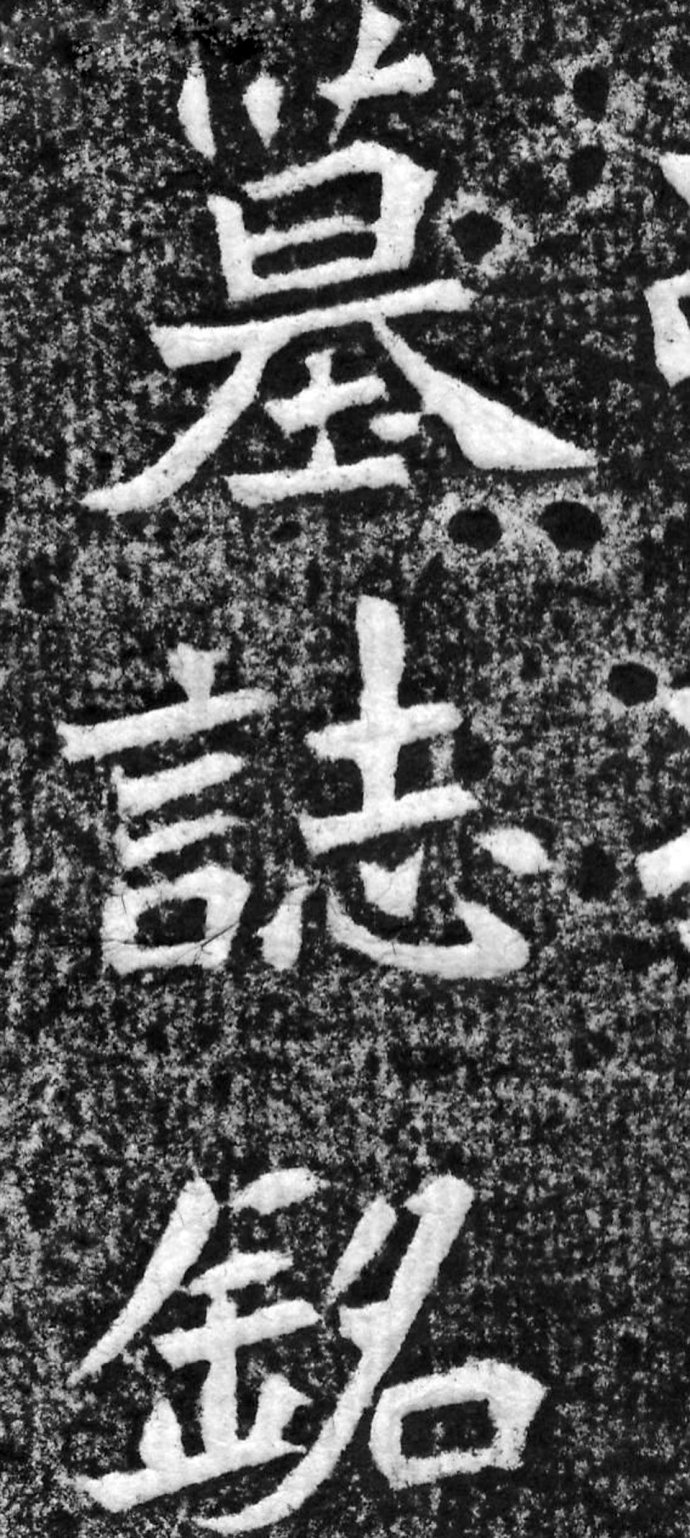
The inscription on the Epitaph of Zhao Mi of the Great Wei Dynasty:
Yuanyuan Hongxiu, separated from Ying. The clan prospered in Xia and Shang Dynasties, and the Xi clan prospered in Zhou Dynasty. It is said that Wei, Han and Wei were succeeded by famous philosophers. If you act righteously, you will be respectful, and if you act benevolently, you must be trustworthy. He was born as a prince and his body was in full bloom. Literature is used to show beauty, and quality is used to live in town. Containing quality and cultivating one's ambition is not Taoism. The sound is pure and fragrant, and the traces of the orchid wind are fragrant. Spend leisure time and maintain simplicity, but competing with others will violate prosperity. The shape is hundreds of miles away, and the love is in the hills. Repay good deeds, benevolence and longevity. The sun is shining brightly, and the mountains are covered with pine trees. When the lamps are dimmed, the grass will grow thicker. Virtue and etiquette will last forever, passed down in the dust.
In the second year of Wei Jingming's reign, it was made on the 10th day of the 10th month, Renxu Shuo, on the 24th day of the year, Yiyou.

